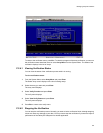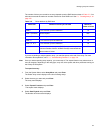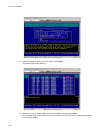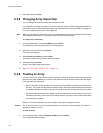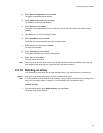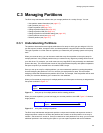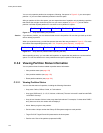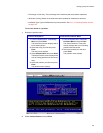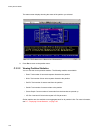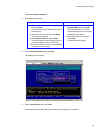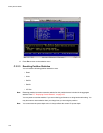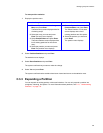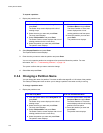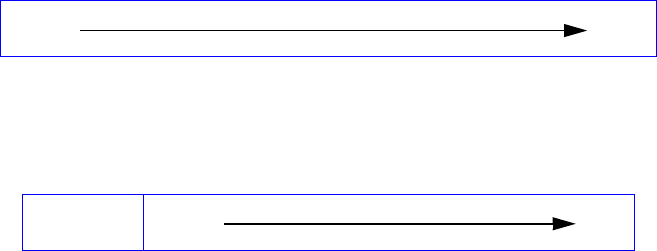
Managing Arrays & Partitions
133
C.3 Managing Partitions
The Disk Array Administrator software lets you manage partitions in a variety of ways. You can:
• View partition status information (see page 117)
• Add a partition (see page 121)
• Expand a partition (see page 139)
• Change a partition name (see page 140)
• Change a partition LUN (see page 141)
• Change a partition’s read-ahead setting (see page 142)
• Control partition access (see page 144)
• Delete a partition (see page 151)
C.3.1 Understanding Partitions
The partitions discussed here are logical subdivisions of an array to which you can assign a LUN. You
can add, expand, rename, change the LUN, and delete partitions using the RAID controller’s software.
This type of partition is not the same as a partition you create with your operating system or third party
tools.
When you create an array, you can choose to make the array all one partition or set up the array for
multiple partitions. Using multiple partitions lets you create one very large array making efficient use of
your disk drives. For example, you could create one very large RAID 5 array and assign one dedicated
spare to the array. This minimizes the amount of disk space allocated to parity and spares compared to
the space required if you created five or six smaller RAID 5 arrays.
Once you set up an array for multiple partitions, you must create each partition by setting the partition
size and assigning the partition a LUN. You can also give each partition a name. We recommend
assigning names that indicate how the partition will be used. For example, if the first partition will be used
to store your customer database, give it a name like: cust database.
When you first create an array set up for multiple partitions, all of the space on the array is designated as
free space as shown in Figure 3–1.
Figure 3–1 Array set up for multiple partitions before creating partitions
When you create a partition, you set how large you want the partition to be in MB. Figure 3–2 shows a
single partition.
Figure 3–2 Array after creating one partition
The Disk Array Administrator assigns each partition a unique serial number and sequence number. It
assigns sequence numbers in the order the partitions are created, so the first partition on an array is
number 1, the second is 2, and so on. Once you create one or more partitions on an array, you can create
additional partitions in the remaining free space or you can expand a partition with some limitations.
Free
space
Partition 1 Free
space



